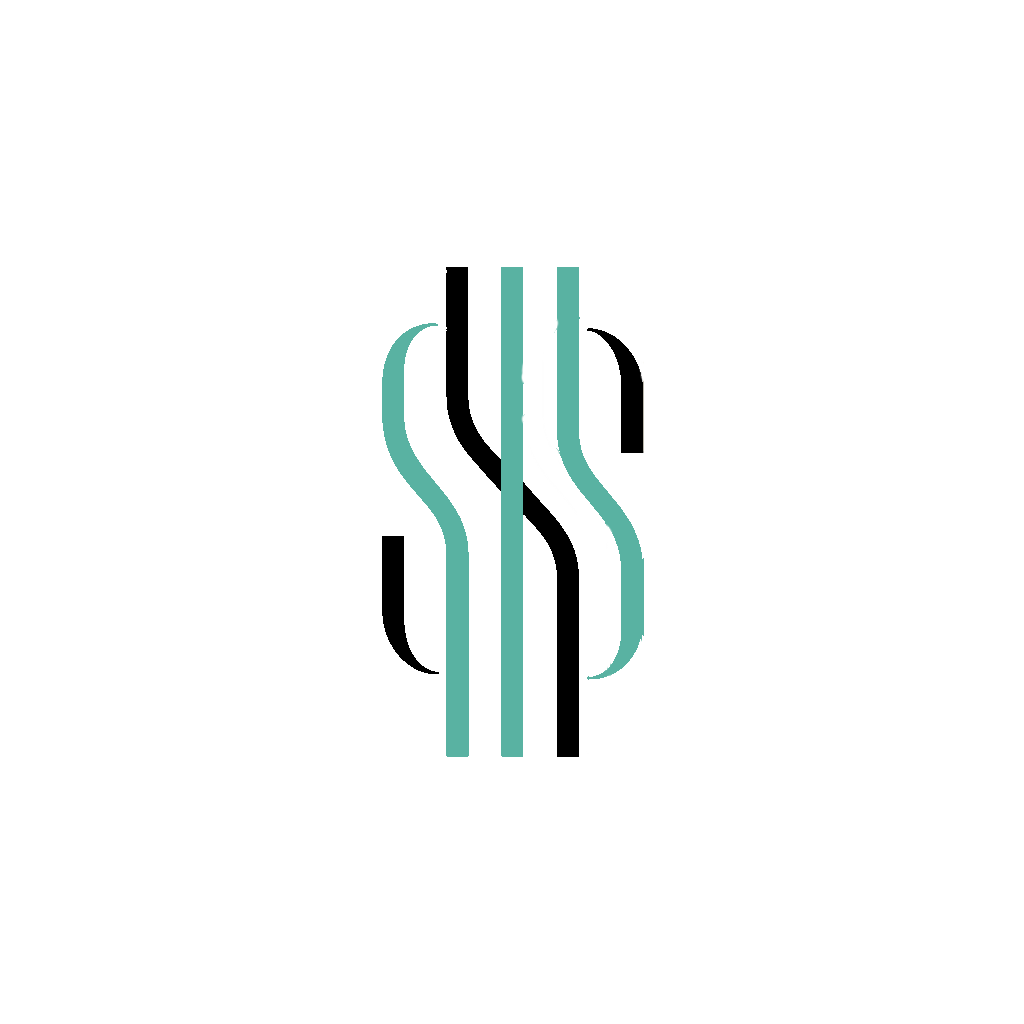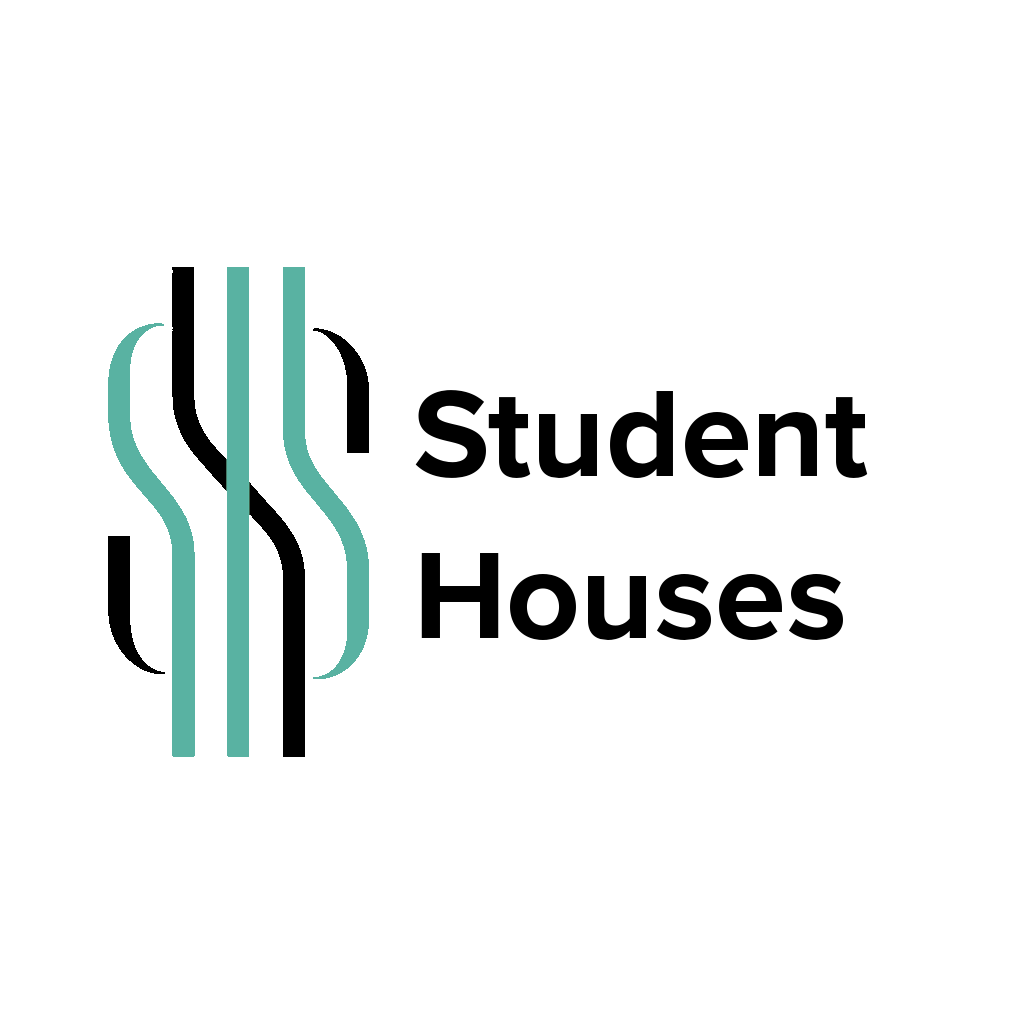One of the few industrial buildings from the 16th century that has remained almost intact to this day, the Real Casa de Moneda sits on the left bank of the Eresma River. It was designed by architect Juan de Herrera for King Philip II, who established a mint there that introduced the roller coinage technique in Spain.
History of the Mint
Philip II chose Segovia to build the Royal Mint between 1583 and 1588 after ruling out cities like Madrid, Seville, Toledo, and Lisbon.
This is one of the best-preserved examples of industrial heritage in Spain and one of the oldest mints in the world. It was the first to manufacture coins using a mechanized system, bringing a major shift in coin production by improving speed and precision.
Known as the “Royal Mint of Segovia,” the building was designed to house not only the latest technology of the time but also the different departments involved in the industrial process.
The new system allowed for mass production, making it one of the most advanced mints in Europe for over 200 years. Philip II was able to mint coins more efficiently using machines powered by hydraulic force.
The innovative design of the mint was led by Juan de Herrera, one of Spain’s most influential architects, in collaboration with Austrian engineers. The factory was built to handle the entire coin-making process, from raw metal to finished coins.
The original system was replaced in 1771 by a screw press introduced from France by the Bourbon monarchy.
The third and final minting system was an automatic press, but it was only used for three years. In early 1869, coin production was centralized in Madrid, ending operations at the Segovia Mint.
The Royal Mint’s Unique Location
The Real Casa de Moneda is located in an area of exceptional beauty, just outside the fortified city walls, in the Eresma Valley—a site designated as a Scenic Spot in 1947. It stands next to the Monastery of Santa María del Parral, offering stunning views of the Alcázar.
This location was selected by King Philip II in 1583 for his modern and innovative mint. The building was constructed between 1583 and 1588, following Juan de Herrera’s architectural plans.
Herrera, working with German engineers, designed a pioneering industrial plant, now recognized as Spain’s oldest example of industrial architecture. The complex is structured around two courtyards, separated by a decorated wall with traditional Herrera-style stone spheres. The building follows the Escorial architectural style, focusing on clean lines rather than ornamentation, and features steep slate roofs. The vast size of the facility, the largest mint of its time, symbolized the power of the Spanish monarchy.
At the beginning of the 17th century, architect Francisco de Mora renovated the foundry, replacing wooden ceilings with brick vaults. A disciple of Juan de Herrera, Francisco de Mora maintained the same architectural style in his updates.
In the early 18th century, under the Bourbon monarchy, significant changes were introduced. In 1771, the screw press was implemented, leading to a major technological shift. Royal architect Francisco Sabatini directed extensive renovations, including the construction of a new building for the presses, the replacement of the wooden water channel with a stone one, and other structural improvements.
In 1829, King Ferdinand VII ordered the last major addition to the building—a grand neoclassical entrance designed by architect Juan José Alzaga. This entrance remains one of the most notable examples of neoclassical architecture in Segovia.
After coin production was moved to Madrid in 1869, the building was sold and later converted into a flour factory, which operated for the next 100 years.
The Hydraulic System of the Royal Mint
One of the most remarkable features of the Royal Mint is its hydraulic system, which remains well preserved. This made it one of the most advanced industrial plants of its time. The infrastructure includes the dam, spillways, and Sabatini’s stone water channel. Based on historical records and blueprints, the wooden channels and four waterwheels with their blades have been reconstructed.
An archaeological project took place alongside the restoration of the Royal Mint. It lasted three years (from April 2007 to April 2010), following an initial survey in 2003.
This archaeological study helped confirm and refine data from previous research, which had been based mainly on historical documents. More importantly, it documented and dated the preserved remains of the complex. Excavations focused on areas affected by renovations, and structural analysis was conducted on key buildings within the site to establish a historical and archaeological timeline.
Due to the scale of the work required, the archaeological studies were integrated into the restoration plan for the mint. They were coordinated with the construction schedule, adapting to available resources and deadlines. The most significant findings were incorporated into the final restoration project, preserving them as part of the site’s heritage.
Opening Hours & Prices
IF YOU WANT TO VISIT THE MUSEUM ON YOUR OWN, GET YOUR TICKET AT THE RECEPTION!
- General admission: €5.00
- Reduced price: €4.00 (for holders of the Segovia Tourist Card and Heritage Friends Card, students up to 25 years old, retirees over 65 with valid ID, large families, accredited residents of Segovia, and groups with prior booking of 12 or more people)
- Free admission: Children up to 12 years old, teachers, and people with disabilities of 33% or more with accreditation, as well as journalists, official guides, and on non-holiday Wednesdays.
- Special rate for residents of Segovia: €1.00 (does not include audio guide – €4 or guided tour – €5).
The entrance fee includes access to the permanent and temporary exhibitions and the Aqueduct Interpretation Center.
- – Tickets include access to both the Mint and the Aqueduct Interpretation Center.
- – Prices include an audio guide, except on Wednesdays. (Audio guide rental available at set rates.)
BOOK YOUR GUIDED TOUR HERE! For any inquiries, contact 921 47 51 09.


